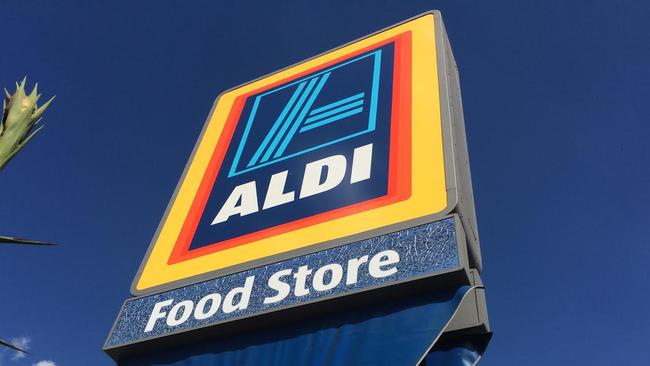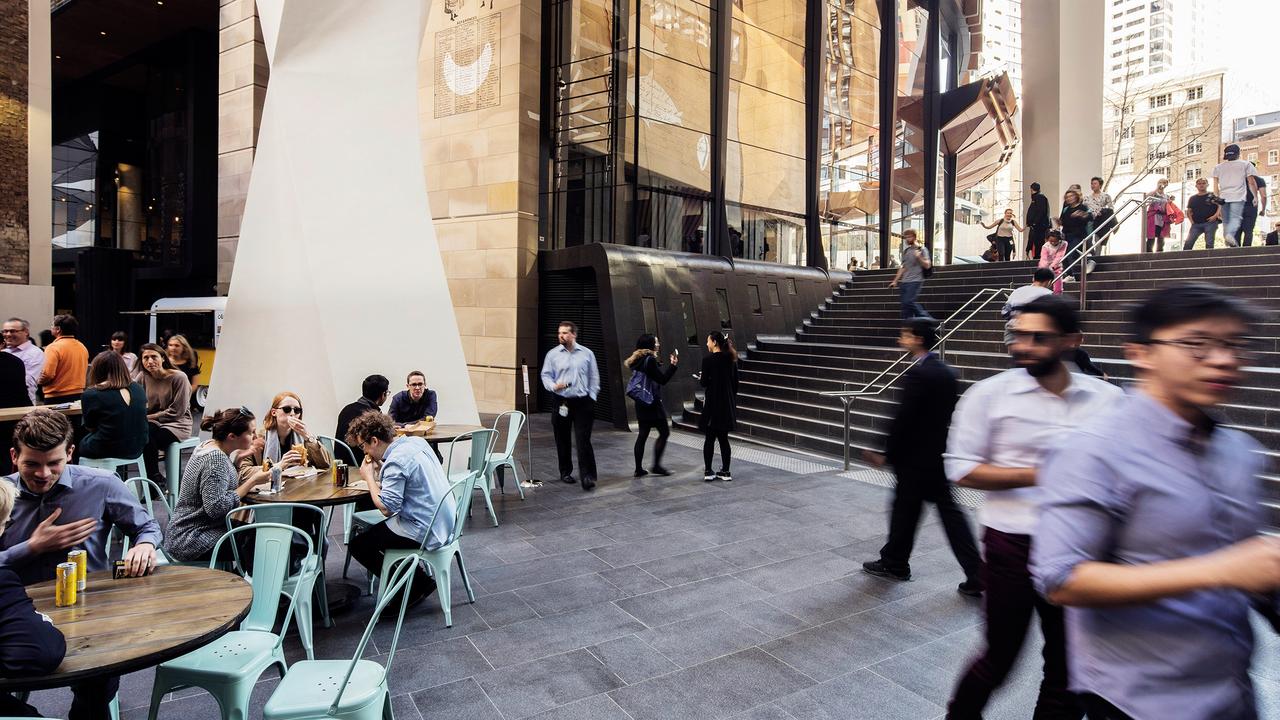Aldi booms as price gap grows
The German discounter is primed to supercharge its sales thanks to a new store format and widening price gap.

German discounter Aldi, which has won millions of loyal fans in Australia thanks to its bargain basement prices and eclectic mix of general merchandise, is primed to supercharge its sales momentum as a new store format and widening price gap between itself and the major supermarket chains drives traffic to its stores.
And the discounter looks well on the way to doubling its footprint to 800 stores to capture 15 per cent of the nation’s $90 billion grocery market.
A review of Aldi from Morgan Stanley analyst Thomas Kierath has estimated that the price gap between Aldi and Coles/Woolworths now stands at about 18 per cent, up from 14 per cent two years ago.
“What’s interesting is that when the price gap reduced to 14 per cent, Aldi’s share gains slowed (and in some regions fell). However, as the price gap expands, Aldi’s share gains are now accelerating,’’ Mr Kierath said in a report to clients.
“To us it seems likely that Coles moves again on price to re-accelerate the top line.’’
Coles’ sales growth has slowed as it faces a resurgent Woolworths that has poured more than $1bn into lower prices and improving its in-store experience.
The widening price gap could trigger another outbreak of the supermarket wars that have been raging across the aisles for years, with the headline-grabbing launch of $1 a litre milk and other deep cuts across staple groceries. Although Coles and Woolworths have been the chief players in the price battles that have engulfed the sector, Aldi has intensified the struggle with its deeply discounted groceries and rapid store expansion, which recently included launching into South Australia and Western Australia.
It has already captured an estimated 10 per cent of the east coast grocery sector, and with 483 stores, is generating sales and profit momentum.
Driving sales is the rollout of new Aldi formats that devote a greater amount of floor space to fresh food.
“Aldi’s 2.0 stores that allocate significantly more space to fresh products (from 15 to 25 per cent) are proving a game changer, especially scratch bakeries,” Mr Kierath said.
To date it has completed just 50 full refurbishments, but plans to refurbish the entire fleet by 2020.
“The traffic uplift has been 7-8 per cent and basket size uplift 6-7 per cent, which implies a 13-15 per cent sales uplift post refurb,” he said. Margins tend to be higher in fresh food products, which means the success of the refurbishment gives Aldi more to invest in price.
“We believe the refurbishment impact gives Aldi 25-30 basis points of share gains a year to FY20 which, when added to the new store rollout, suggests share gains of 110 basis points. We think life gets more difficult for the supermarkets post the refurbs.”
Mr Kierath said 800 Aldi stores and 15 per cent market share now “looks a given”.
“On our numbers in FY17 Aldi generated $8.1bn of sales from its 483 stores (as at August); this equates to 7.8 per cent market share. Based on our discussions, 800 stores in the next seven years should now be considered a given for Aldi.”
Australia has proved a goldmine for Aldi since coming here more than 16 years ago, with recent Tax Office figures showing its sales jumped $1bn to $5.8bn for calendar year 2014 as pre-tax earnings hit $238.5m.
Six years ago, Aldi’s sales were only $3.14bn.




To join the conversation, please log in. Don't have an account? Register
Join the conversation, you are commenting as Logout